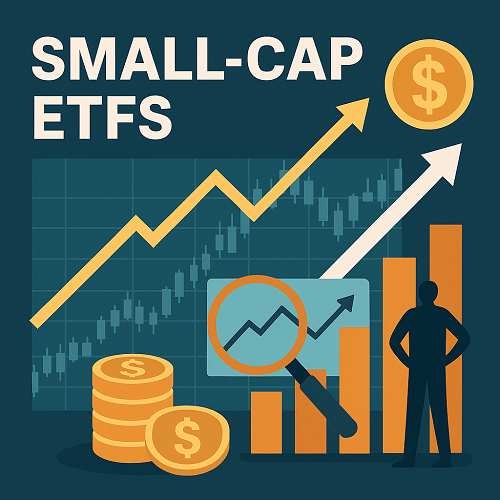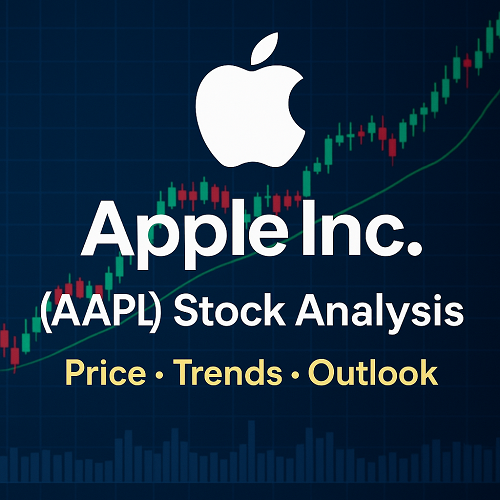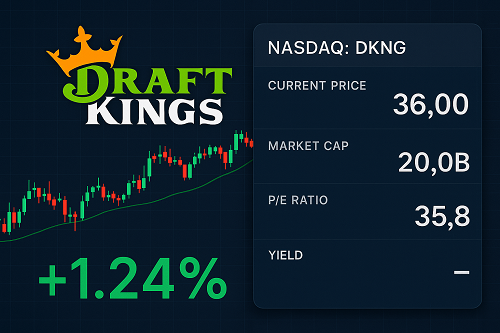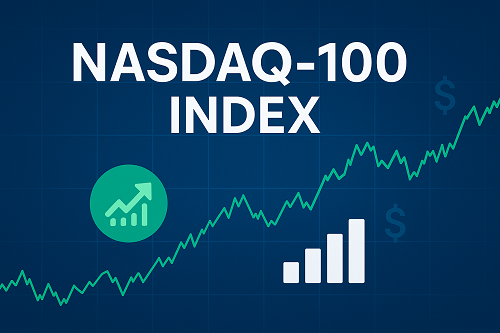The big picture: small-caps are lagging — and that may be opportunity
Over the past several years, large-cap stocks have enjoyed the spotlight while smaller companies — those in the “small‐cap” category — have under-performed. For investors seeking growth, the focus on finding the best small cap ETF has become increasingly popular. For example, the Morningstar US Small Cap Index is trailing the broader Morningstar US Market Index by about 3 percentage points year-to-date through April 2025.
Further, analysts at Morningstar estimate that small-cap stocks were trading at roughly a 25% discount to their fair value at the end of April 2025, whereas large-caps were only about 8% undervalued.
That gives the theoretical case: if valuations correct and market sentiment shifts, the small-cap space could offer meaningful upside.
Why the “revival” isn’t guaranteed (yet)
However — and this is key — the headwinds remain. Small-cap stocks typically shine when the economy is entering a rebound phase and when monetary policy is easing. According to Morningstar’s chief U.S. strategist, the timing for that environment isn’t obvious in the near term.
Also: small-cap stocks come with higher volatility, lower liquidity, and often thinner competitive moats than large-cap companies. One Morningstar analysis noted that only ~2% of small-cap companies in the index possess a “wide” economic moat (versus ~76% for large-cap).
So the strategy here is tactical: if you’re overweighting or adding exposure, you must be willing to wait for the rotation — and accept short-term noise.
Why choose ETFs to access small-caps
Instead of picking individual small-cap stocks (which can be risky and require deep due diligence), using well-structured, well-rated ETFs provides diversified access to the space with lower single-stock risk. As Morningstar puts it, ETFs are “transparent, low cost, tax-efficient” building blocks.
What follows is a refined list of the best small-cap ETFs to consider now, with deep context around each fund’s strategy, risks, and how to use them in a portfolio.
Top Small-Cap ETFs to Consider Now
Below are six strong ETFs you can use to gain exposure to the small-cap opportunity. These build on the list in the Morningstar article, but I add extra commentary, risk nuances, and portfolio-positioning ideas.
| Ticker | Fund | Strategy Snapshot & Why It Matters |
|---|---|---|
| DFAS (Dimensional US Small Cap ETF) | Active — quantitative, bottom ~10% of US investable market, excludes high-asset-growth/unprofitable companies. This gives exposure to smaller-end small-caps with a quality tilt — interesting for disciplined exposure. | |
| DFAT (Dimensional US Targeted Value ETF) | Active — small-value focus, removing least-profitable stocks. Good complement if you believe value in small caps will outperform. | |
| SPSM (SPDR Portfolio S&P 600 Small Cap ETF) | Passive — tracks the S&P 600 benchmark. Broad small-cap exposure with minimal management drag. | |
| VB (Vanguard Small-Cap ETF) | Passive — tracks the CRSP US Small Cap Index. Good core small-cap building block. | |
| VBK (Vanguard Small-Cap Growth ETF) | Passive — small-cap growth style. If you believe growth will lead among small caps, this gives that tilt. | |
| VBR (Vanguard Small-Cap Value ETF) | Passive — small-cap value style. If small-cap value is your conviction, this is a cost-effective play. |
How to use each fund strategically
- Core small-cap exposure: Use VB or SPSM as broad small-cap anchors.
- Style tilts: If you have conviction in growth among small caps, use VBK; if value, use VBR or DFAT.
- High-potential niche: DFAS offers the most aggressive small-cap end (bottom 10% by cap) with a quality filter — highest potential reward (and risk).
- Rebalancing advantage: Because small-caps can lag large caps for extended stretches, having them as a tilt or satellite, not a full heavy allocation, makes sense.
Key Considerations Before Jumping into Small-Cap ETFs
1. Timing & economic environment
Small-cap stocks historically perform best after interest-rate peaks and when the economy is entering an expansion phase. If rates are still rising or economic growth is tepid, they may continue to underperform.
2. Valuation tailwinds exist — but they can take time
With small caps trading at a discount (≈25%) to fair value and large caps at ~8% undervalued, the widening gap is a signal. But sentiment needs to shift. According to Morningstar:
“Once sentiment in the market turns positive … those stocks could rally quickly.”
But “could” is the operative word.
3. Volatility, liquidity & style risk
Smaller stocks are more volatile, have thinner liquidity, and may succumb to style-specific risks (e.g., growth vs value) more intensely. From Morningstar:
“Small companies are also more sensitive to interest rates, which can fuel further growth during low-rate environments.”
4. Portfolio sizing & diversification
Because of the risks noted above, you should think about your allocation carefully. Some tactical guidelines:
- Limit small-cap ETF allocation to a meaningful but not dominant portion (e.g., 5-15% of equity portfolio).
- Ensure you still have a diversified mix of large/mid caps, international, and fixed income if applicable.
- Use small-cap ETFs as a tilt, not your core only exposure.
5. Fees & tax-efficiency
Passive small-cap ETFs often offer very low expense ratios and high liquidity, which is beneficial for long-term results. Active small-cap strategies may have higher fees—so ensure their potential value justifies the cost.
Practical Portfolio Implementation: When and How
Example scenario: You believe the Fed will begin cutting rates in the next 6-12 months
In this scenario, small caps may get a tailwind because:
- Lower rates reduce discounting of future cash flows.
- Investors begin reallocating from large caps to smaller companies for growth and valuation plays.
Implementation steps:
- Begin by adding a core small-cap ETF (VB or SPSM) at a moderate allocation (e.g., 5 % of equity).
- If you lean value, add VBR or DFAT; if you lean growth, add VBK.
- If you are high conviction and patient, add DFAS as high-beta exposure.
- Monitor the ratio of small-cap performance vs large-cap (e.g., Russell 2000 vs S&P 500) and be ready to rebalance when small-caps begin to lead.
- Set a trigger or watch-list condition, such as: when small-cap breadth improves, leadership expands, or valuation gaps tighten — consider increasing allocation.
Example scenario: You are diversified already and want to opportunistically tilt
In this case you might keep the small-cap allocation low (say 3-7 %), and then dynamically increase if:
- The economy shows signs of recovery (leading indicators).
- Monetary policy visibly turns more accommodative.
- Market breadth improves (more small-caps participating).
You could then scale out gradually (e.g., 3 % increments) as the opportunity becomes clearer.
FAQ: Addressing Top Questions on Small-Cap ETFs
Q: Are small-cap ETFs riskier than large-cap ETFs?
Yes — generally. They have higher volatility, less liquidity, and lower barriers to entry for competition. As Morningstar notes: small-caps “don’t usually possess the same competitive advantages as larger firms.”
Q: Do small-cap ETFs always outperform when valuations are low?
No. Even when valuations look appealing, performance depends on sentiment, macro environment, and execution. The “cheap” part doesn’t guarantee immediate catch-up. The timing element matters.
Q: Which style (value vs growth) in small-caps is better?
It depends on your macro view and risk tolerance. Value may lead when economic recovery is imminent and rates drop; growth may lead if you expect innovation or secular themes to dominate among smaller companies. Diversifying across styles (or choosing a blend) helps manage the style-risk.
Q: Should I pick individual small-cap stocks instead of ETFs?
Only if you have the time, expertise, and risk tolerance. Many individual small-cap stocks carry higher single-company risk (and higher potential loss). ETFs spread that risk. Morningstar’s advice: choose carefully and evaluate the strategy behind the fund.
Putting It All Together — The Investment Thesis for Small-Cap ETFs in 2025 & Beyond
- Small-cap stocks are currently undervalued relative to their large-cap peers.
- The macro environment may gradually become more favourable (monetary easing, economic rebound) — though the timing is uncertain.
- ETFs give you diversified, cost-efficient access to this segment.
- But because of risk and timing unknowns, small-cap ETFs should be used as a tilt — not a standalone big bet — unless you have a strong conviction and time horizon.
- By selecting a mix of broad small-cap exposure and style-tilts (value or growth) you can position your portfolio for the potential revival while managing risk.
- Monitor signals: valuation gap closing, leadership shifts in market breadth, economic indicators improving — these can inform when to increase allocation or remain patient.
Suggested Next Steps for Investors
- Audit your current portfolio: what % is allocated to small-cap stocks or ETFs?
- Consider your time horizon and risk tolerance: are you comfortable with higher volatility and waiting for a potential turnaround?
- Pick your entry point: Is this a phased entry (dollar-cost average) or a one-time tilt?
- Choose your small-cap ETF mix: e.g., a core broad fund + style-tilt fund(s).
- Define exit/adjustment criteria: e.g., when small-caps lead by X%, when valuations compress, or when your allocation exceeds target.
- Stay disciplined: keep diversification, rebalance periodically, and avoid chasing performance.
Final Thoughts
Small-cap stocks have been the “forgotten sector” for some time. That under-performance can set the stage for opportunity — but only if the right conditions align and you are prepared for the inherent risk and patience required.
Using well-selected small-cap ETFs gives you a sensible way to position for a possible comeback. By combining broad access (VB, SPSM) with strategy tilts (VBK, VBR, DFAS, DFAT) and aligning with your portfolio goals and timing, you can leverage the potential upside while managing the volatility.
Remember: entry timing matters, macro conditions matter, and diversification matters. Make your small-cap allocation part of a broader, balanced portfolio rather than the entire focus.





 XAUT-USD
XAUT-USD  AMD
AMD  MARA
MARA  SHOP
SHOP  BULL
BULL  CL=F
CL=F